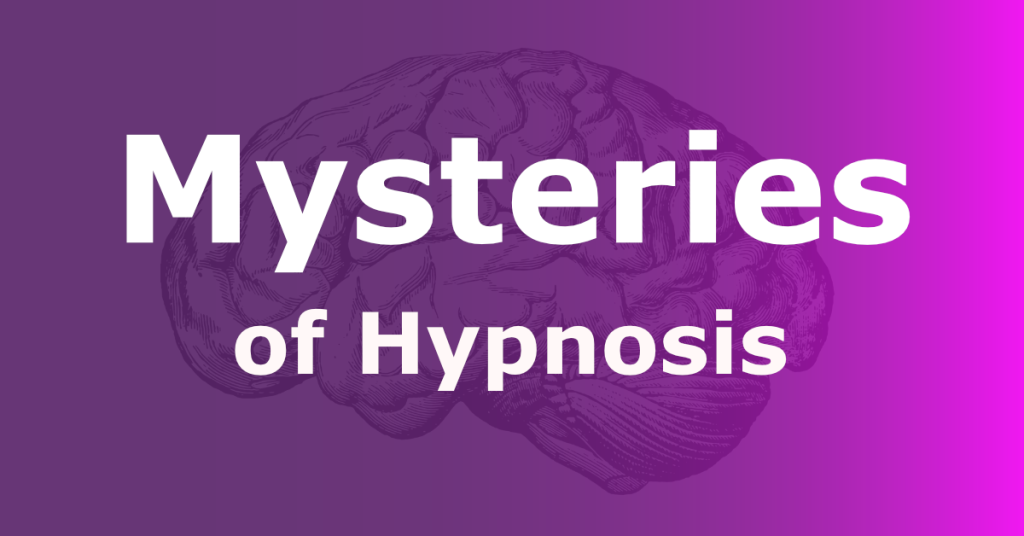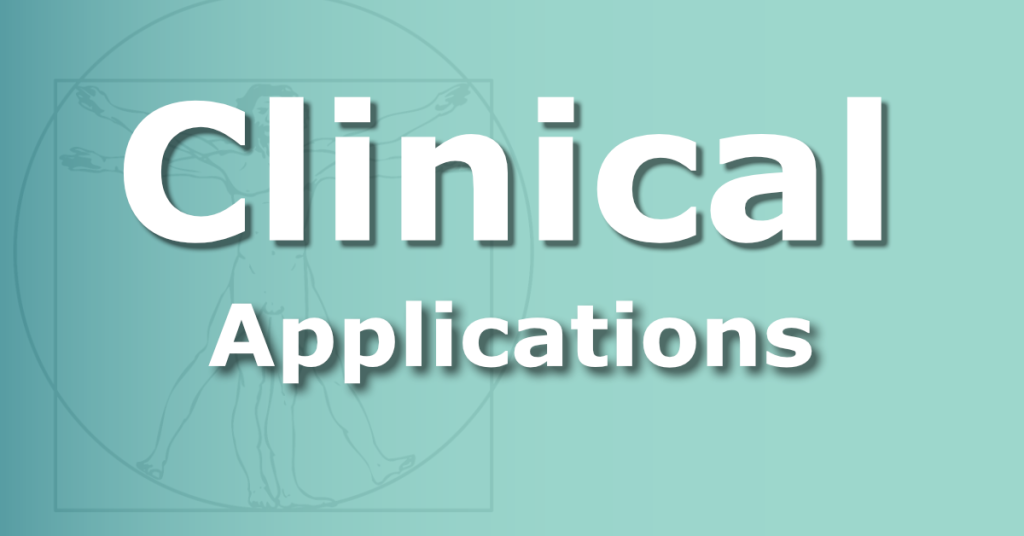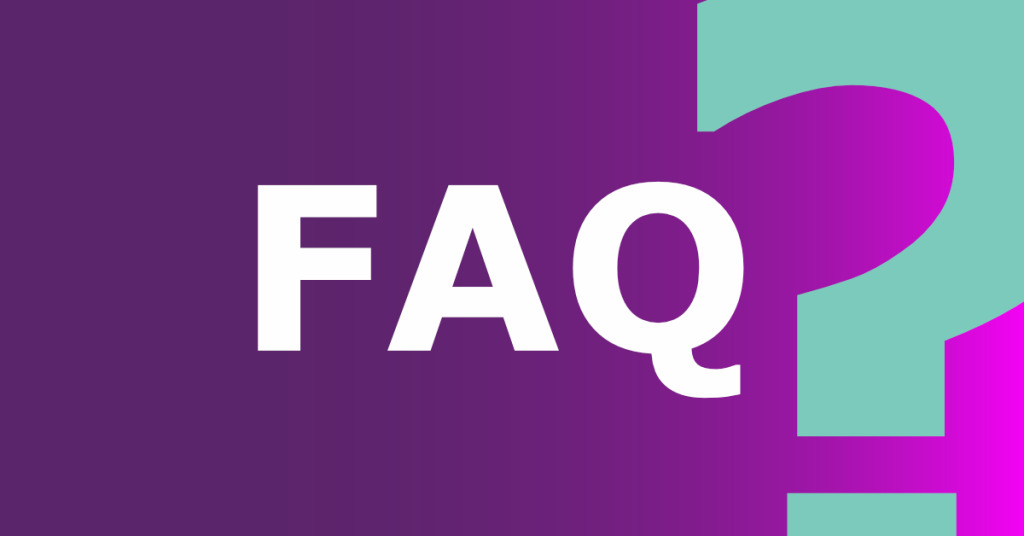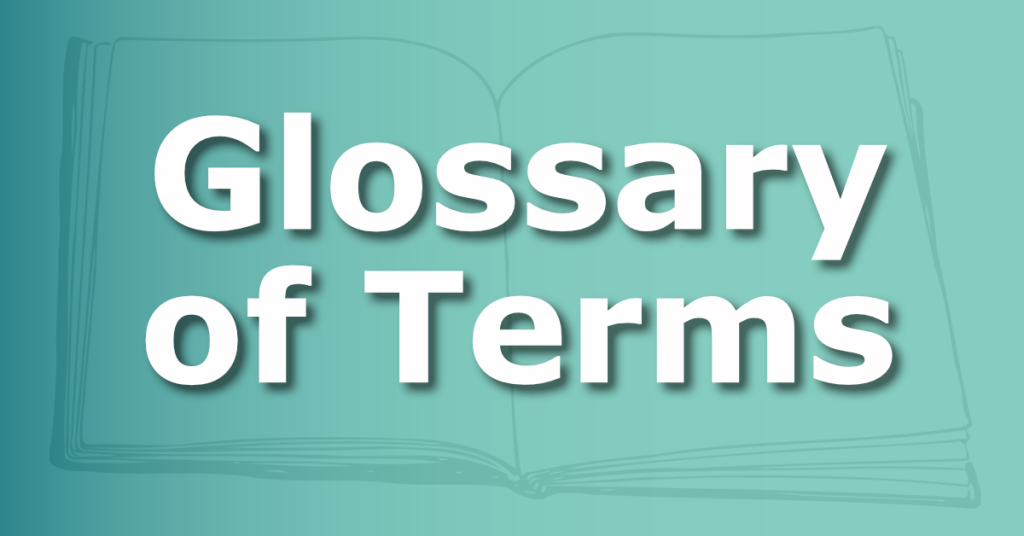Diving into the enigmatic dance of neurones, we explore the profound interplay between the brain and the trance-like state of hypnosis.
By John Cassidy-Rice
The human brain, with its intricate network of neurones and synapses, remains one of the most complex and enigmatic organs in our body.
Among its many capabilities, the ability to undergo hypnosis has fascinated scientists, clinicians, and the public alike.
But what happens in the brain during hypnosis?
A recent study titled “Cortex Functional Connectivity as a Neurophysiological Correlate of Hypnosis: an EEG Case Study” delves deep into this question, shedding light on the neuronal activities that take place when a person is under hypnosis.
Background on Hypnosis
Hypnosis, often portrayed in popular culture as a mystical state where individuals can be made to act against their will, is in reality a trance-like state of heightened focus and concentration.
It’s often accompanied by increased suggestibility and vivid imagery. Clinically, hypnosis has been used to treat a range of issues, from chronic pain to psychological disorders. However, the exact mechanisms of how hypnosis affects the brain have remained elusive.
This study, led by researchers Andrew A. Fingelkurts, Alexander A. Fingelkurts, Sakari Kallio, and Antti Revonsuo, sought to explore the changes in brain connectivity during hypnosis, using advanced EEG (electroencephalogram) techniques.
 Delving into the Depths: The Study’s Approach and Revelations
Delving into the Depths: The Study’s Approach and Revelations
Methodology
To probe the mysterious realm of hypnosis, the researchers focused on a single, highly hypnotisable subject.
This unique approach allowed for a detailed examination without the variables introduced by multiple participants. The study involved two sessions, spaced a year apart, in which the subject’s brain activities were recorded using EEG under two conditions: a normal baseline and during neutral hypnosis.
Key Findings
Upon the induction of hypnosis, the research unveiled several ground-breaking observations:
- Functional Connectivity Changes: Even without additional hypnotic suggestions, there was a notable alteration in both local and remote functional connectivity in the brain compared to the baseline condition.
- Frequency Band Variances: The distinctions between the hypnosis and baseline states were evident across five independent frequency bands of the brain, namely delta, theta, alpha, beta, and gamma. Remarkably, these observations remained consistent even after a year, highlighting their robustness.
- Neuronal Correlate of Hypnosis: The alterations in the brain’s functional connectivity were identified as potential neuronal correlates of hypnosis. This suggests that during hypnosis, certain cognitive modules and subsystems within the brain might temporarily lose their normal communication pathways.
Decoding the Implications
The study offers compelling evidence that hypnosis introduces tangible changes in brain connectivity. This not only deepens our understanding of the hypnotic state but also emphasises its potential impact on cognitive functions.
In highly hypnotisable individuals, distinct cognitive modules might experience temporary communication disruptions, leading to the unique experiences and suggestibility often reported in hypnosis.
The Bigger Picture: Implications and Future Horizons
Unlocking the Brain’s Potential
The brain’s ability to undergo changes in its functional connectivity during hypnosis underscores its incredible plasticity. This adaptability has vast implications, not just for our understanding of hypnosis, but for broader cognitive neuroscience.
It’s a testament to how our brain can reconfigure its connections in response to external stimuli, like hypnotic inductions.
 Clinical Applications
Clinical Applications
Understanding the neuronal correlates of hypnosis can pave the way for advanced therapeutic interventions. By harnessing the brain’s altered state during hypnosis, clinicians might be able to develop targeted treatments for conditions like chronic pain, anxiety, and certain psychological disorders.
The study’s findings could lead to refined hypnotic techniques that maximise therapeutic benefits by tapping into specific brain connectivity pathways.
A New Chapter in Hypnosis Research
While this study offers significant insights, it also raises intriguing questions. How do these functional connectivity changes manifest in individuals with varying degrees of hypnotisability? Are there other undiscovered neuronal correlates of hypnosis?
As researchers continue to explore these avenues, we can anticipate an exciting era of discovery in the realm of hypnosis and brain research.
In Conclusion
The study “Cortex Functional Connectivity as a Neurophysiological Correlate of Hypnosis: an EEG Case Study” has illuminated the intricate dance of neural connections during hypnosis.
As we peel back the layers of this enigmatic brain state, we inch closer to unlocking the vast potential of our minds.
With continued research, the future promises a deeper understanding and innovative applications of hypnosis in both clinical and everyday settings.
Reference:
Fingelkurts, A. A., Fingelkurts, A. A., Kallio, S., & Revonsuo, A. (2007). Cortex Functional Connectivity as a Neurophysiological Correlate of Hypnosis: an EEG Case Study. Neuropsychologia, 45(7), 1452-1462.
 Frequently Asked Questions
Frequently Asked Questions
- What is functional connectivity, and why is it important?
Functional connectivity refers to the statistical interdependencies between physiological time series recorded in different parts of the brain. It’s a measure of how different brain regions synchronise their activity.
Understanding this helps researchers gain insights into how the brain processes information and reacts to various stimuli, like hypnosis.
- How does hypnosis affect functional connectivity in the brain?
The research found that after hypnotic induction, there were significant changes in both local and remote functional connectivity in the brain.
This indicates that hypnosis can alter the way different regions of the brain communicate with each other.
- What are the frequency bands mentioned in the research, and why are they significant?
The frequency bands refer to specific ranges of brainwave frequencies: delta, theta, alpha, beta, and gamma. Each band is associated with different cognitive and physiological states.
The research observed changes in these bands during hypnosis, emphasising its impact on various brain functions.
- Can the findings of this research be generalised to the broader population?
As the study was conducted on a single, highly hypnotisable subject, the results provide deep insights into this specific case.
While they offer valuable information, further research with a larger and more diverse group of participants is needed to generalise the findings.
- What potential therapeutic applications does hypnosis have, based on the study and article?
Hypnosis, with its ability to alter brain connectivity, has potential therapeutic applications in treating conditions like chronic pain, anxiety, and certain psychological disorders.
The altered state during hypnosis might be harnessed for targeted treatments by tapping into specific brain connectivity pathways.
- Are the effects of hypnosis on the brain temporary or long-lasting?
The research found that the changes in brain connectivity observed during hypnosis were consistent and stable even after a year.
This suggests that hypnosis can have long-term effects on the brain, especially in highly hypnotisable individuals.
 Glossary of Terms
Glossary of Terms
- Brain Connectivity: The patterns of structural and functional connections in the brain. This refers to how different regions of the brain communicate and work together.
- EEG (Electroencephalogram): A test that detects electrical activity in the brain using small electrodes attached to the scalp. It’s used to measure and record brain wave patterns.
- Frequency Bands:
Delta: The slowest brainwave frequency, often associated with deep sleep.
Theta: Associated with light sleep, meditation, and early stages of the sleep cycle.
Alpha: Represents a relaxed, alert state of mind.
Beta: Associated with active, analytical thought.
Gamma: The fastest frequency, related to cognition, information processing, and learning.
- Functional Connectivity: Refers to the statistical interdependencies between physiological time series recorded in different parts of the brain. It’s a measure of how different brain regions synchronise their activity.
- Hypnosis: A trance-like state where a person has heightened focus and concentration. Often accompanied by increased suggestibility.
- Hypnotherapy: The use of hypnosis for therapeutic purposes. It aims to create a state of focused attention and increased suggestibility to treat various psychological and physical conditions.
- Neuronal Correlate: A measurable and observable phenomenon in the nervous system that corresponds to a specific cognitive function or state.
- Neurologist: A medical doctor specialised in the diagnosis, treatment, and management of disorders related to the nervous system.
- Suggestibility: The quality of being inclined to accept and act on the suggestions of others, often heightened during hypnosis.
